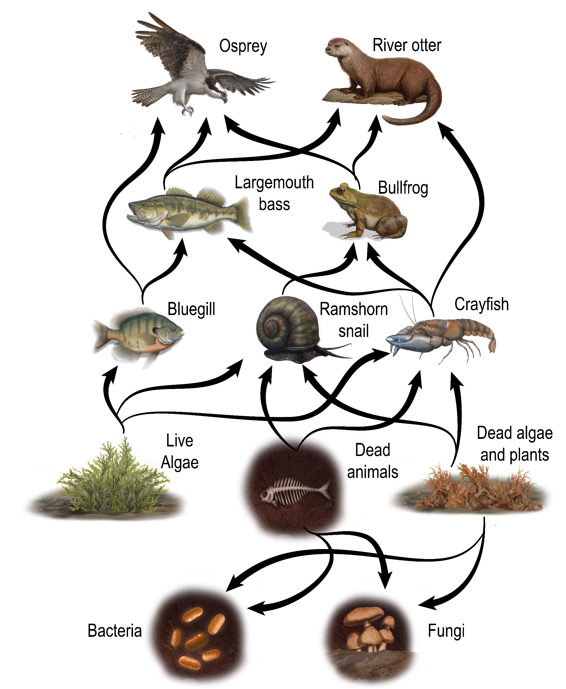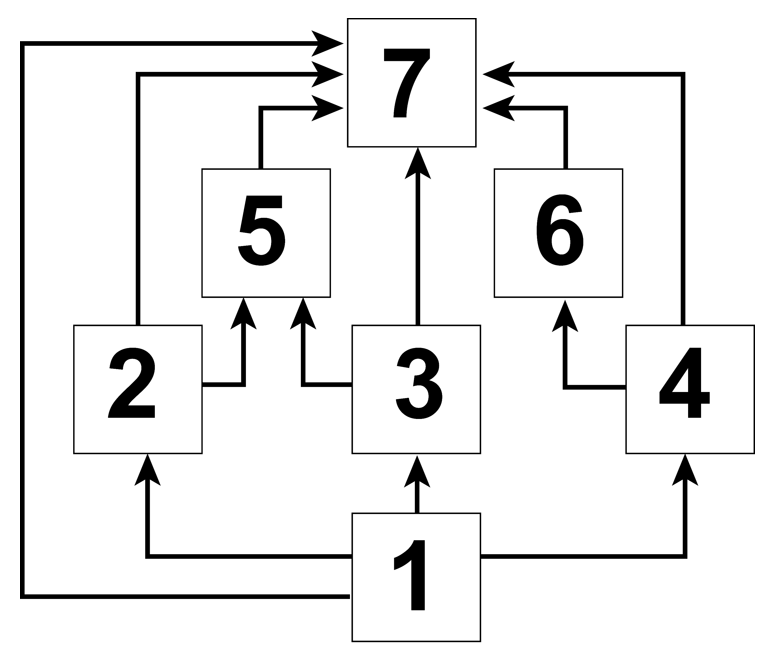An ecosystem encompasses both the living organisms and the abiotic components within a specific area, which can range from a small puddle to vast landscapes. Understanding ecosystems involves recognizing two fundamental properties: one-way energy flow and chemical cycling. Energy enters ecosystems primarily from the sun, which is captured by autotrophs, or primary producers, such as plants. These organisms utilize photosynthesis to convert solar energy into nutrients, forming the base of the food chain.
As energy moves through the ecosystem, it transfers from autotrophs to heterotrophs, or consumers, which obtain their nutrients by consuming other organisms. The term heterotroph derives from the Greek roots 'hetero,' meaning different, and 'troph,' meaning nutrients. With each transfer of energy, some is lost as heat, necessitating a continuous input of energy from sources like sunlight or hydrothermal vents.
In contrast to energy, chemicals within ecosystems are recycled. This recycling process is illustrated by the movement of nutrients from plants to heterotrophs and then to decomposers, such as fungi. Decomposers break down dead organic matter, returning essential chemicals to the soil, which can then be reabsorbed by primary producers. This cyclical nature of chemical flow means that ecosystems do not require a constant influx of chemicals, as they can be reused within the system.
In summary, ecosystems are dynamic systems characterized by the flow of energy and the recycling of chemicals, highlighting the interconnectedness of organisms and their environment. Understanding these concepts lays the groundwork for exploring more complex ecological interactions and biogeochemical cycles in future studies.


